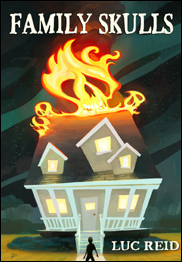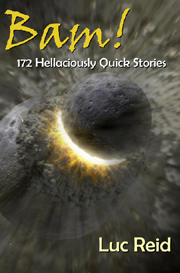Judson Roberts is a former organized crime prosecutor and current full-time writer living in Texas. His series of historical novels set among the Vikings, The Strongbow Saga, was originally published by HarperCollins and is now finding even greater success published through Roberts’ own Northman Books. This Codex Blog Tour interview follows up on an earlier interview about the writing of the books, following the Saga‘s sometimes difficult path through the publishing world and out the other side to readers. It will be followed by part II this weekend.
I gather there were some publishing problems with the original editions of your Strongbow Saga books, including things like the publisher not sending out any review copies (a major concern!), the covers seeming to suggest a romance rather than a historical adventure, the publisher not picking up the fourth and fifth books, and other issues. Despite these kinds of problems, though, for a long time traditional publishers have been pretty much the only game in town. So what made you feel it was worth putting your full efforts into republishing the books yourself?
Unfortunately your relatively simple question does not have a correspondingly short and simple answer. Let me explain.


